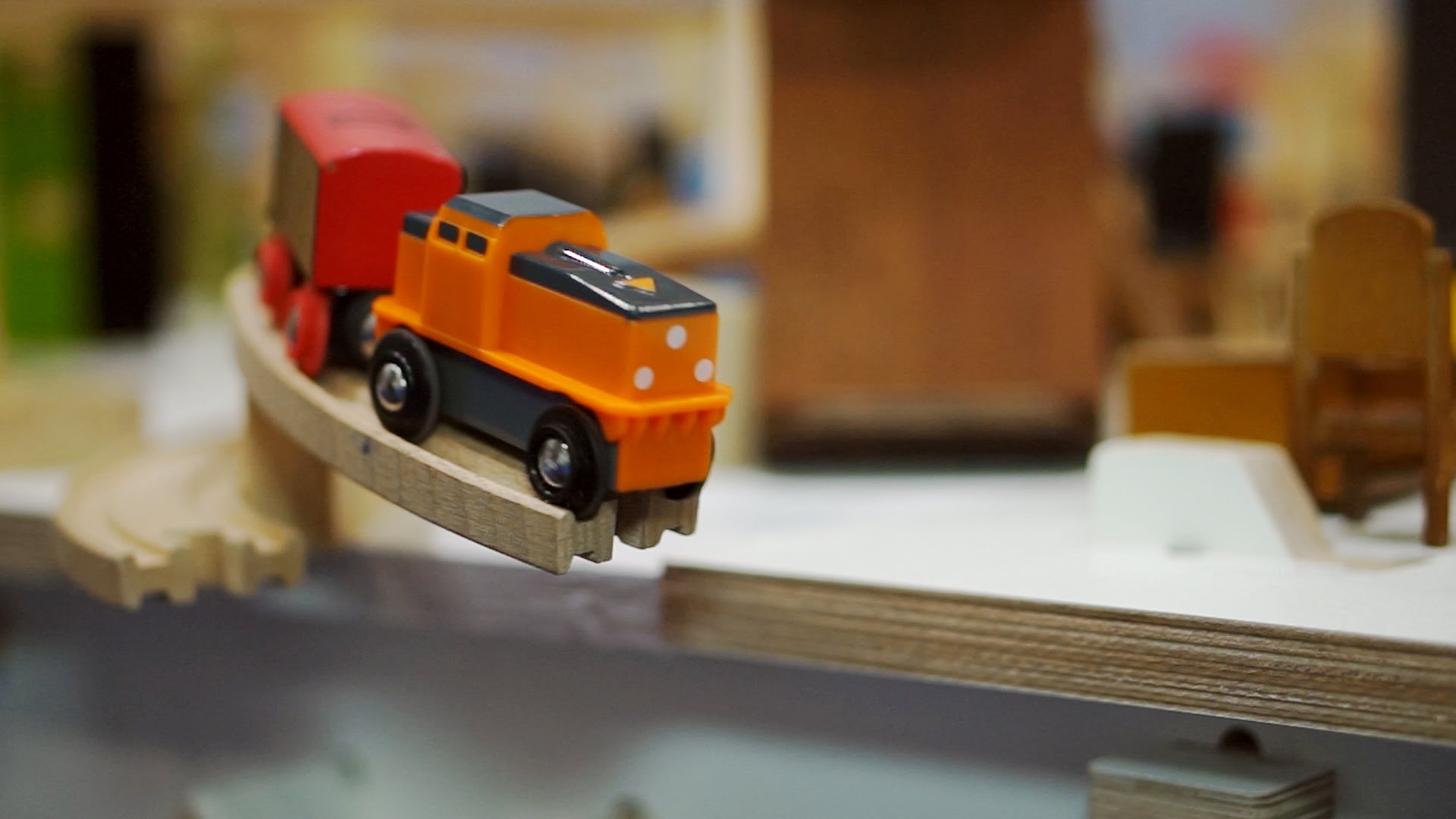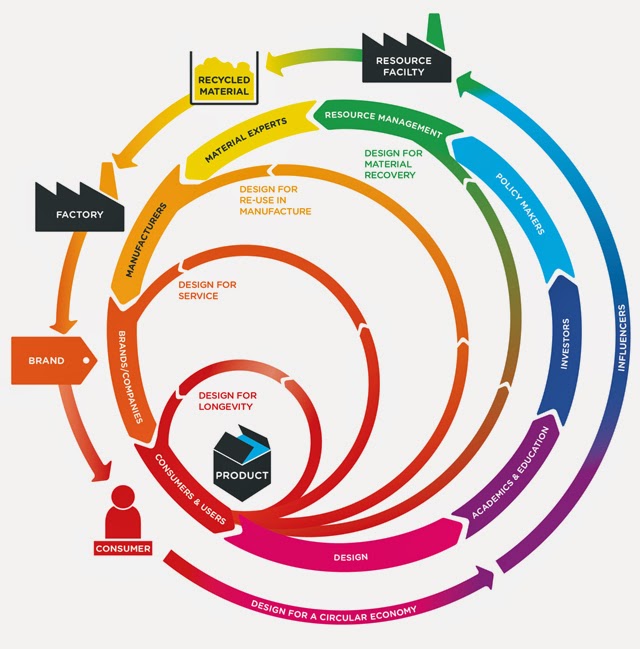Games for Cities
The Game of Circularity (2015)
London [UK]
Developed by:
A conceptual and artistically designed analogue game that teaches the concept of circularity through illustrating the life-journey of chosen products and the implications that its design has on the distance and pleasantness of its journey.

The Game of Circularity is a serious and sophisticated game, developed by the Royal Society of Arts, which aims to educate the public on the importance of product design for its future environmental impact. Players are asked to choose a manufactured product and make a host of design decisions that will later impact the route that their train set takes as it snakes around the board through various junctions. These junctions are artistically designed to illustrate the various environmental costs of your product design decisions. For example, a cellphone travels through a ‘geopolitical warzone’ on the board to illustrate that most of the rare earth metals used in cellphones are sourced from countries in conflict.
Having the design model and decisions at the start of the game is intended to convey the message that a product’s design is critical for creating a circular economy (80% of the environmental impact of a product is decided in its design stage). Product decisions involve aiming for recycling or for a long life, producing locally or globally, and so on. For example, the decision to produce locally might be more expensive upfront (the cost of innovation), but you may get points back through a VAT-incentive for this. And while producing globally is initially cheaper, a complex global supply chain might cause delays for your train-set, which you lose points for. This is all illustrated creatively on the board with ‘action bridges’, consequence cards, landfills and so on.
Products that are designed for longevity reach product heaven/‘circular enlightenment’ – and they continue to go around the board multiple times. While the game’s content is serious, it’s message is conveyed through a fun and engaging game. The realism of its content is supported by sophisticated and realistic algorithms designed to calculate each player’s end score (which is unique). The Game of Circularity provides an example of the way in which games can be used to simplify complicated real-world concepts and challenges, and to teach through enticing people to play.

